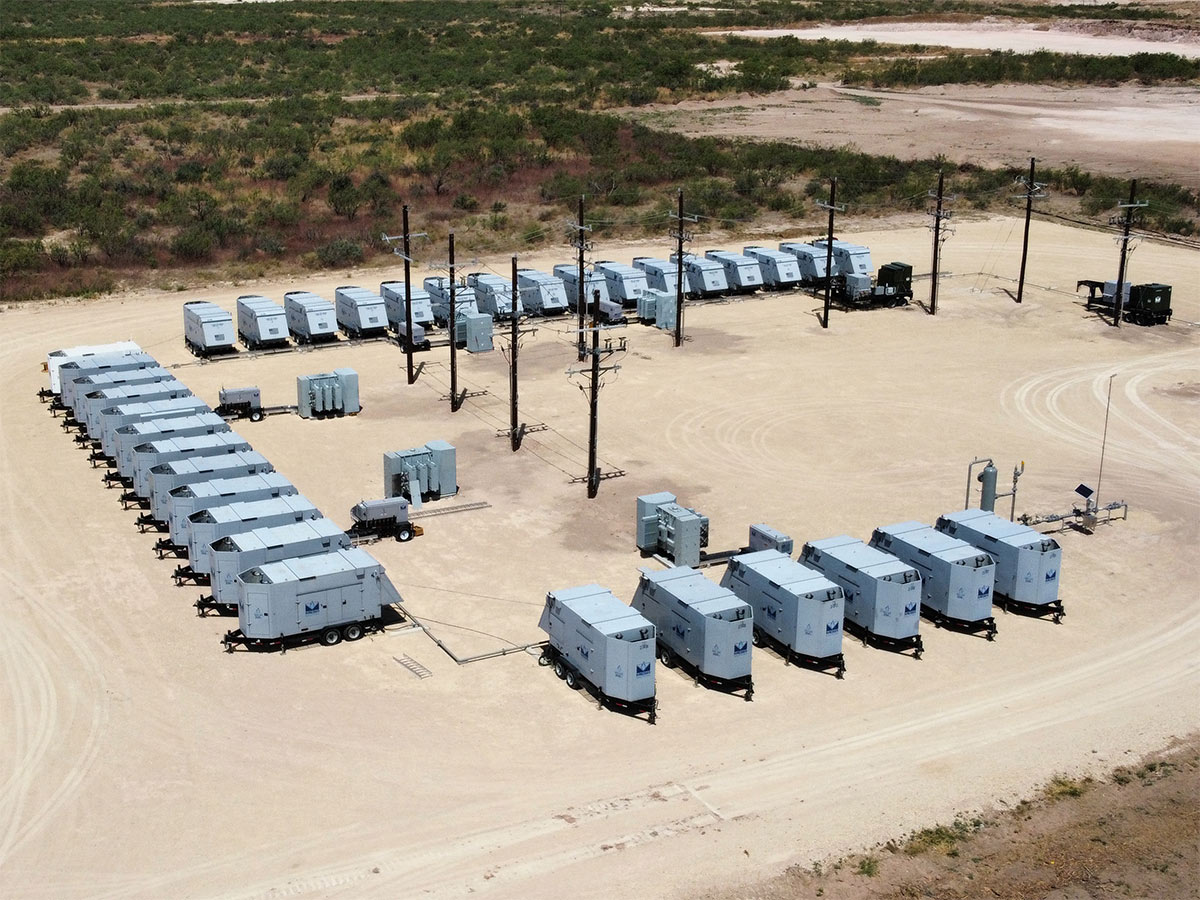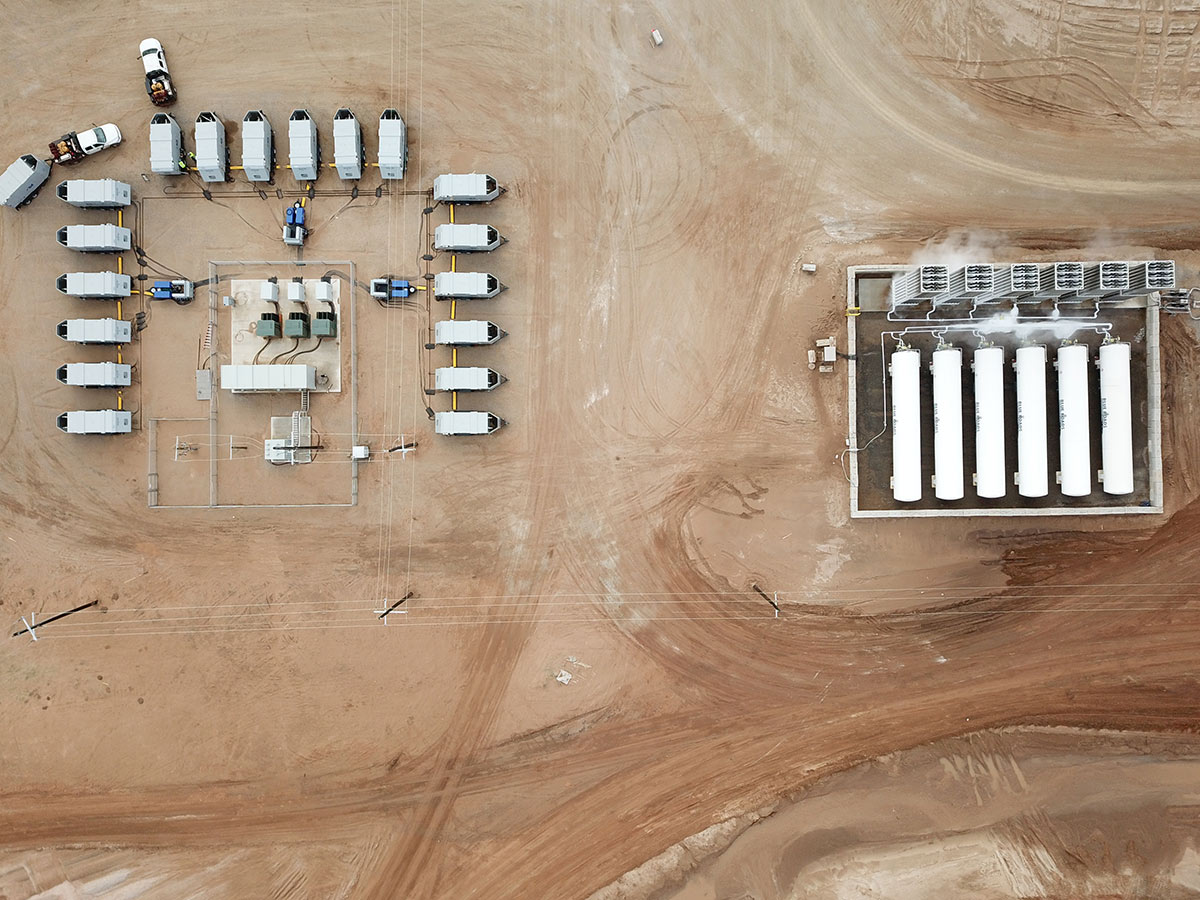You’ve probably heard that microgrids are an excellent solution for many energy problems. They provide a reliable power supply to businesses, schools, and communities, reducing the load on overworked power grids. They can even integrate renewable and sustainable energy into a local power system.
Microgrids are the future of localized energy solutions. But why is that? Here’s a quick introduction to microgrids and why they may be right for your application.
What Is a Microgrid, and How Does It Work?
A microgrid is a localized energy system that can operate independently or with the primary power grid. These systems are designed to generate, store, and deliver electricity to specific areas, and their small scale and self-contained nature make them suitable for a range of applications.
For instance, commercial microgrids serve business and industrial applications, while institutional microgrids are used on school campuses and hospitals. The third type — a community microgrid — provides power to local communities.
What Are the Technology Components of Microgrids?
When you look at microgrids, you see that they combine two main technology components: an energy source and a storage system. Some of the most common energy sources — also known as distributed energy resources (DERs) — in microgrids are:
- Solar panels
- Wind turbines
- Generators
- Fuel cells
- Hydropower
Batteries often provide the energy storage system in a microgrid, including these types:
- Lead acid
- Sodium sulfur
- Lithium-ion
- Nickel-cadmium
- Flow batteries
Other types of storage include hydrogen (from hydrolysis), flywheels, and gravity.
The third component of microgrids is a control system. Central to the microgrid’s operation, the control system regulates energy resources and identifies when and how to connect to (or disconnect from) the primary power grid. Depending on the microgrid, the control system may include various sensors, controllers, and communication systems.
Some newer, high-end control systems even incorporate artificial intelligence and machine learning to predict and manage power usage. The ability to intelligently connect and disconnect as needed enhances grid resilience and reduces the risk of power blackouts.
What’s the Difference Between a Microgrid and a Power Grid?
When comparing a microgrid and a traditional power grid, it all comes down to size. A standard power grid serves a wide geographical region, often covering an entire metropolitan area. Conversely, a microgrid provides power to a smaller, more specific area and could even serve a single facility.
The second difference is their energy sources. Traditional power grids rely on power plants for generation, while microgrids use much smaller and innovative power sources, such as generators, fuel cells, or microturbines.
The Purpose and Benefits of Microgrids
So, why do communities, businesses, and institutions choose microgrids for their power needs? Here are some of the reasons:
Energy independence and resilience
When the main power grid fails, microgrids can operate autonomously; this is known as islanding. The energy independence that comes with islanding helps ensure power is always there for homes, businesses, and critical public infrastructure. This resilience is particularly valuable in areas with regular power outages or frequent disruptions.
Improved grid stability and efficiency
Traditional grids face significant demand during peak hours, leading to power instability and inefficient operations. Microgrids break up the demand at the local level, reducing strain on the primary grid. Thanks to a better-controlled system and optimized power consumption, communities see more stable and efficient power delivery across the grid.
Promoting economic growth
Optimized energy management and reduced reliance on the primary grid often result in lower costs. Microgrids can also boost the local economy by supporting local energy producers and job creation.
Reduced carbon footprint
While microgrids can use fossil fuels, they make it easier to integrate renewable energy sources like wind or solar power. This integration and operation of a microgrid reduces carbon footprints while promoting sustainability and clean energy.
Scalability and flexibility
Microgrids are also more flexible and scalable than traditional power grids. As a community or business grows, microgrids can scale along with them. For example, leadership can add wind turbines or solar panels to meet increasing demand.
The Challenges of Microgrids and How To Overcome Them
Despite the increased resilience and energy sustainability microgrids offer, there are several challenges to address in any implementation. First, microgrids often rely on variable energy sources such as solar and wind, so forecasting demand can take time and effort. In addition, these energy sources heavily depend on weather conditions and require detailed mitigation plans during low-power generation periods.
Energy storage can also present some challenges, especially with limited-capacity batteries. Combining multiple energy sources and storage systems can complicate matters exponentially. Connecting to the main grid requires navigating complex regulatory guidelines. It’s not always clear when to transition from a grid connection to islanding mode.
Next, meeting demand surges in peak hours requires study and careful planning, with complex algorithms needed to manage microgrid stability properly. Of course, qualified people must do this type of work. This is another challenge since hiring and retaining microgrid experts is not always easy.
The best way to overcome these challenges is to work with a partner who can analyze the power system and the available energy resources. This expert partner should also know the best control systems for your application. Fortunately, Global Power Supply can provide the foundation for a successful project with our microgrid study services.
Microgrid Study Services from Global Power Supply
What is a microgrid application study? A microgrid application study comprehensively analyzes your existing power system and identifies the optimal strategies for integrating a microgrid.
At Global Power Supply, our team of expert engineers creates models of the system and simulates the possible scenarios in microgrid implementation and operation. These simulations give our engineers the knowledge to understand the benefits, costs, and challenges of applying a microgrid for your specific application.
Armed with this information, we help you find the energy sources, storage, and control system for an optimal microgrid solution for your application. We also offer assembly, installation, and maintenance services, along with training and support. To get started, read more about our Microgrid Application Study services and request a study today.

